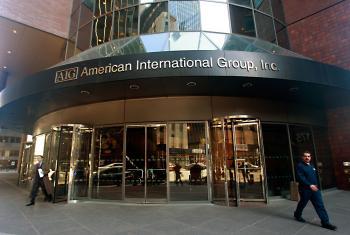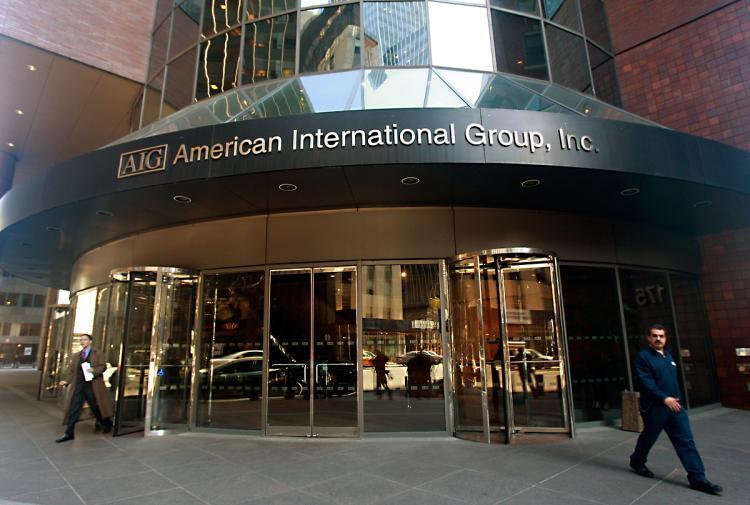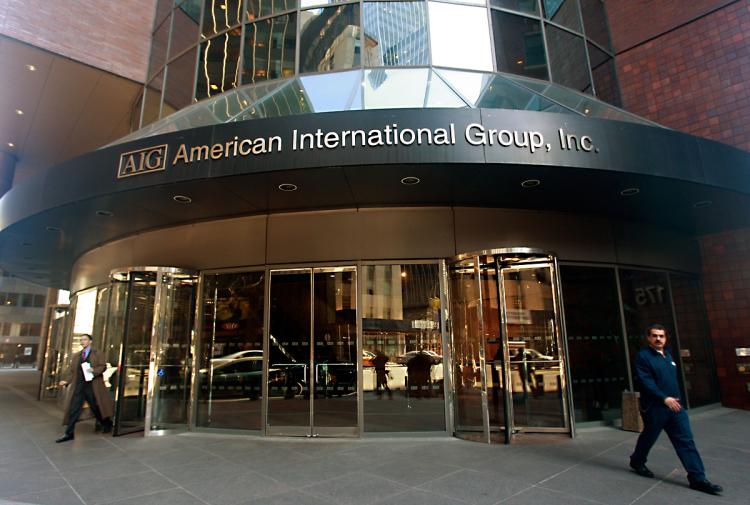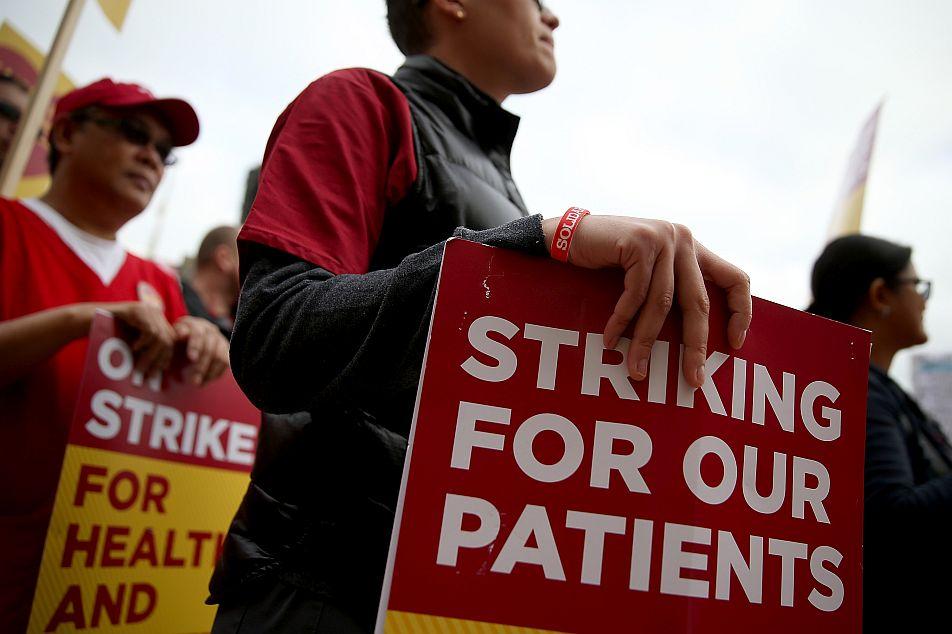American International Group Inc. (AIG), one of the companies considered too large to fail, which survived only because of a government bailout paid out from taxpayers funds, is trying to get back on its feet.
At the beginning of March, AIG paid the Treasury $6.9 billion, after selling all MetLife Inc. common shares, which it had received after selling its American Life Insurance Co. to MetLife in 2010.
At the beginning of March, AIG paid the Treasury $6.9 billion, after selling all MetLife Inc. common shares, which it had received after selling its American Life Insurance Co. to MetLife in 2010.






